This Diwali, home chefs from the city shed light on the way different communities celebrate Naraka chaturdashi to mark the triumph of good over evil

A Naraka chaturdashi spread by Vimadalal
With its spooky jack-o-lanterns, fancy costume parties and of course, trick-or-treat, Halloween might be all the rage now, but Indians have their own rituals to honour the dead, and celebrate the triumph of good over evil. Naraka chaturdashi, also known as kali chaudas or bhoot chaturdashi, which is the 14th day of Krishna paksha (lunar phase), is celebrated by several communities during the festival of lights, and like Diwali, comes with its own culinary traditions.
ADVERTISEMENT
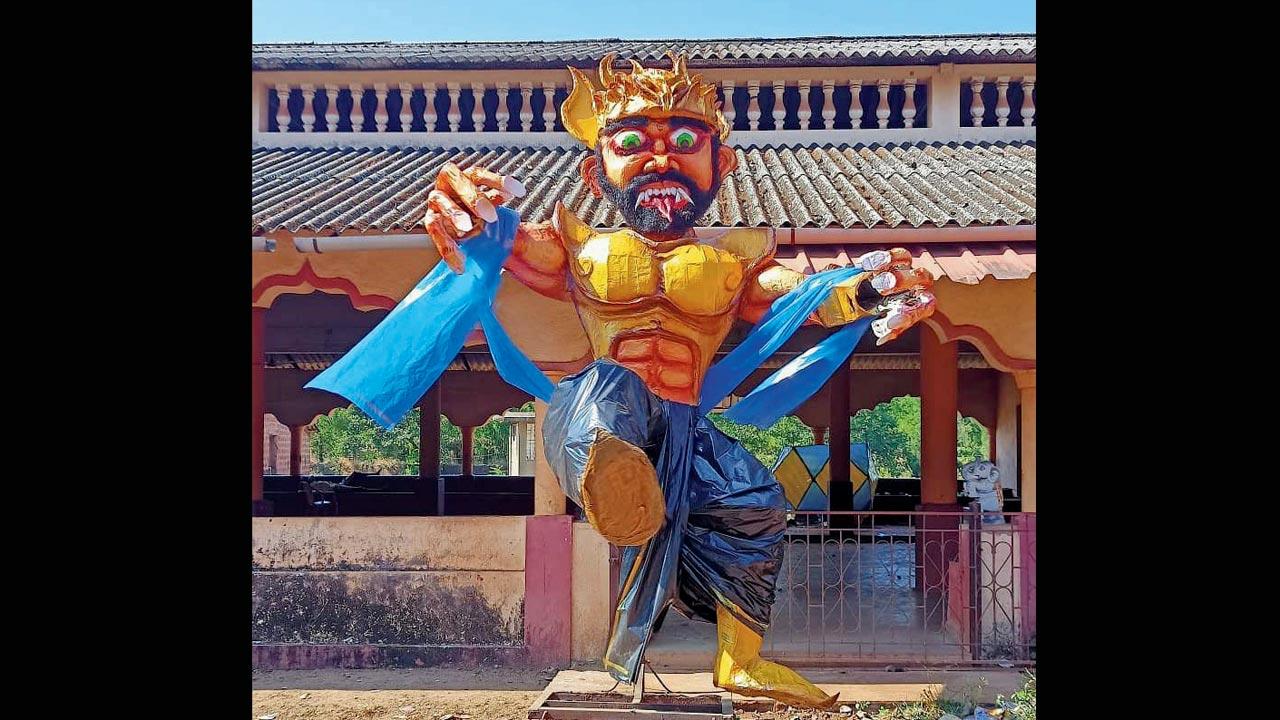 An effigy of Narakasur in Goa. Pic courtesy/Warsha Vimadalal
An effigy of Narakasur in Goa. Pic courtesy/Warsha Vimadalal
A poha fest
Home chef Warsha Vimadalal, who hails from Goa, recalls the legend of the demon Narakasur. “In ancient times, the beautiful land of Goa or Gomantak was ruled by Narakasur. He began to spread terror, cause destruction and torture people. The people prayed and the gods asked lord Krishna for help. A battle ensued between Narakasur and Krishna, in which the latter cut off Narakasur’s head and slit his tongue. Thus, the demon who ruled Goa met his end in the wee hours of the morning, and Krishna smeared the demon’s blood on his forehead as a symbol of victory,” she reveals. Before sunrise on Naraka chaturdashi, colourful effigies of Narakasur, filled with paper, grass and crackers, are thus burnt in Goa.
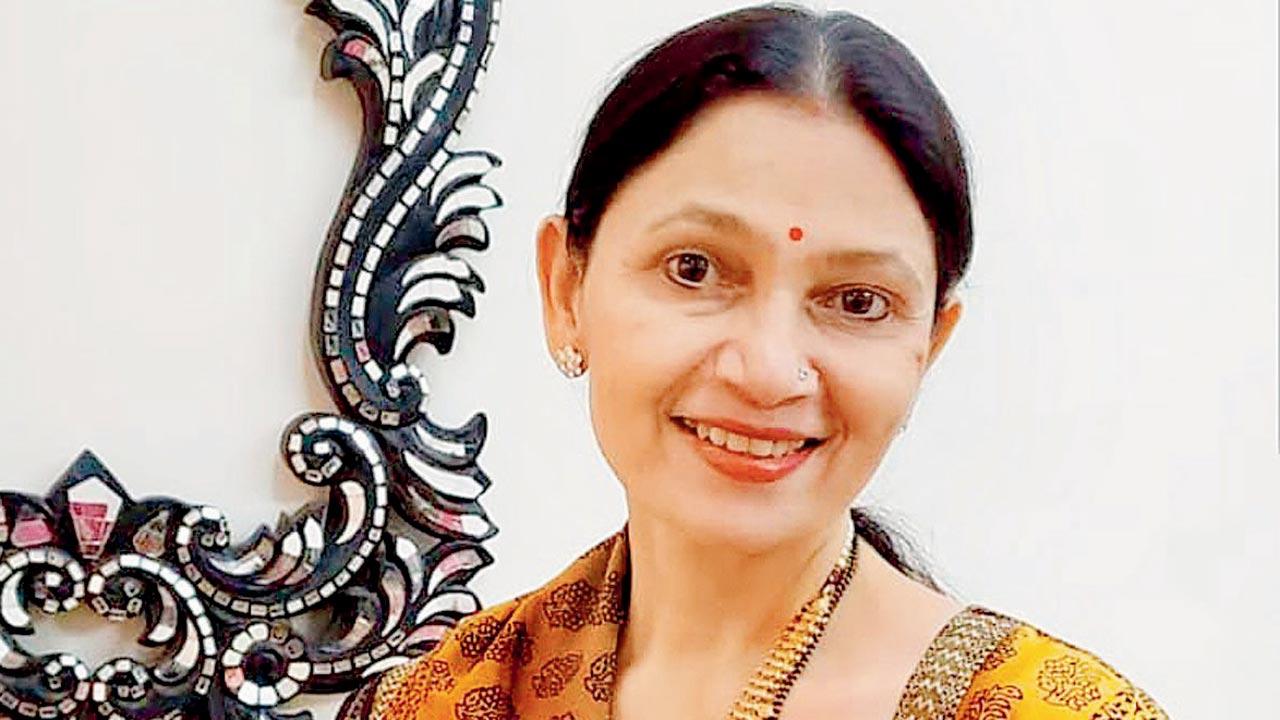 Home chef Warsha Vimadalal
Home chef Warsha Vimadalal
Like Krishna, who was bathed with scented oils after the battle, at dawn, people take a bath with utna, a natural scrub. “Then, we start preparing for brunch. Krishna loved poha, so different variations are made, such as rosatle fov [made with coconut milk and jaggery] and kanda batata poha,” she says. There’s also vatana usal made with green matar and coconut; kokum kadhi; hog plum chutney; kelyacho halwo with Myndoli (or Moira) bananas; and different kinds of faral, among other items.
Kelyacho halwo

Ingredients
3 Myndoli/Nendran bananas (very ripe, almost blackened skin)
1/4 cup sugar
4 cloves
2-inch stick cinnamon
½ tsp nutmeg and cardamom powder
1 cup water
2 tsp ghee
3 to 4 strands saffron
Method
Peel and slice the bananas into quarter-inch pieces. Heat ghee. Pop in cloves and cinnamon; sauté for a few seconds. Add the sliced bananas and sauté for two to three minutes. Tip in water, and boil for five minutes. Stir in sugar. Once it starts boiling again after five minutes, sprinkle cardamom and nutmeg powder, and saffron strands. Mix and switch off the flame. Let it sit for 10 minutes. The halwa is ready to be served; you can also have it with puri/bread.
Bittersweet beginnings

Home chef Rashmi Patkar, who runs The Dabbawali, tells us that among Maharashtrians, Naraka chaturdashi is a big day during the Diwali festivities. “We wake up early and decorate the house. Then we do abhyanga snan — a special bath with utna and oil. We do puja, and only then is the Diwali faral eaten,” she shares. Two dishes that are the star attractions of the ritual are kala vatana chi usal and dudh poha. “The men stamp on the bitter karit fruit — it symbolises killing the demon. You’re supposed to pick up a bit and put on your tongue,” she says, adding that the family then sits together and enjoys the feast.
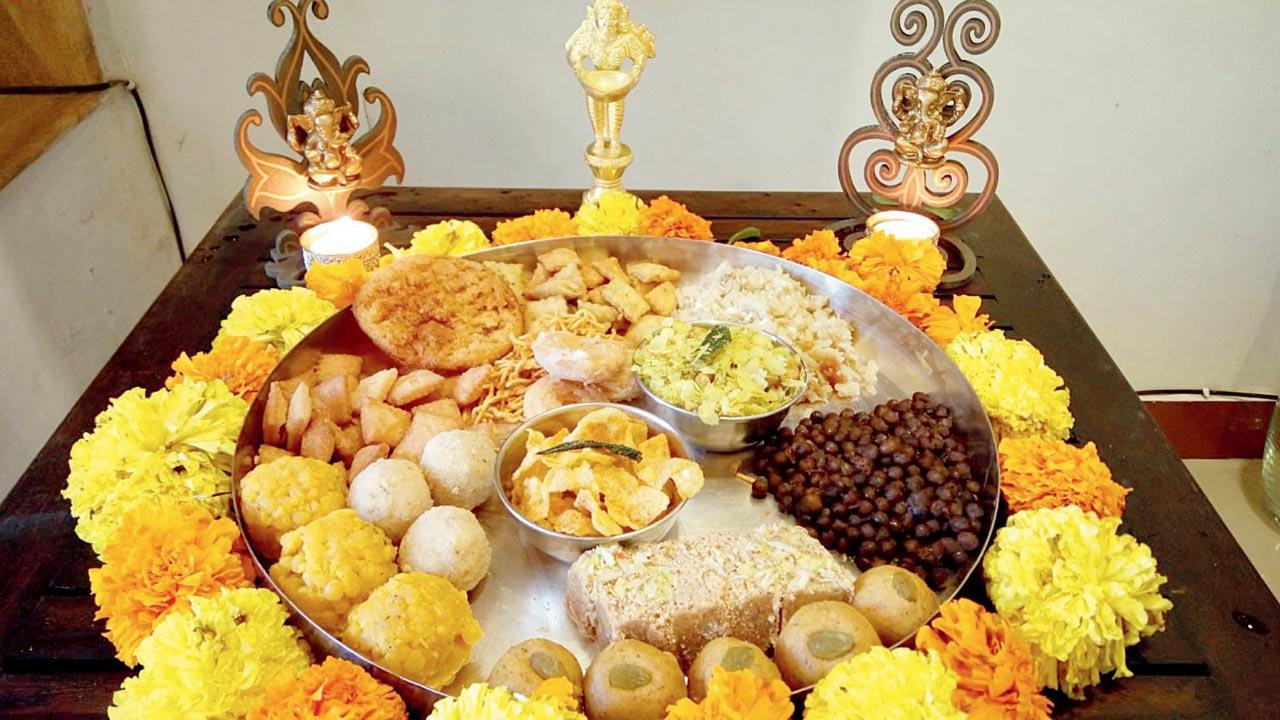 A thali prepared by Patkar
A thali prepared by Patkar
Ode to ancestors
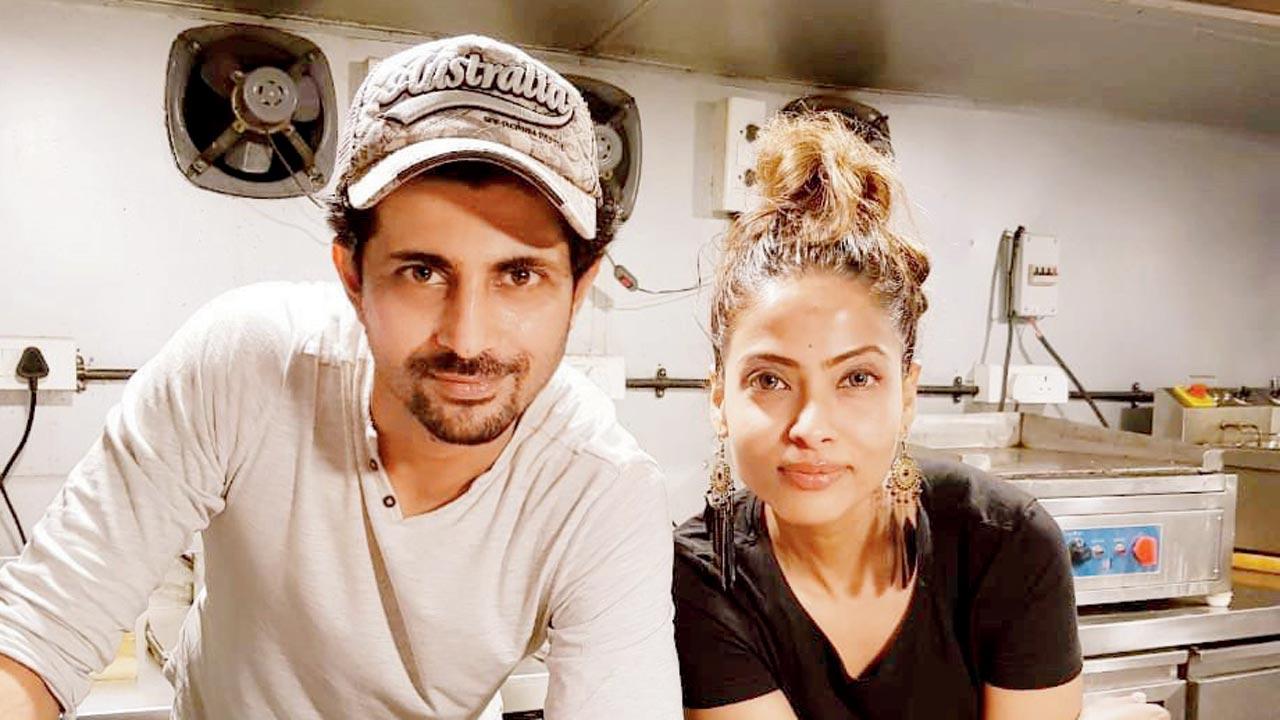
Looking east, among Bengalis, bhoot or Naraka chaturdashi is a slightly spooky affair, usually celebrated a day before Kali Puja and Diwali. This writer remembers being told that 14 generations of one’s forefathers pay a visit on this day. Home chefs Nandini Deb and Nirban Goswami, who run Bangali Babu, tell us that choddo shaak or 14 kinds of leafy greens are stir-fried.
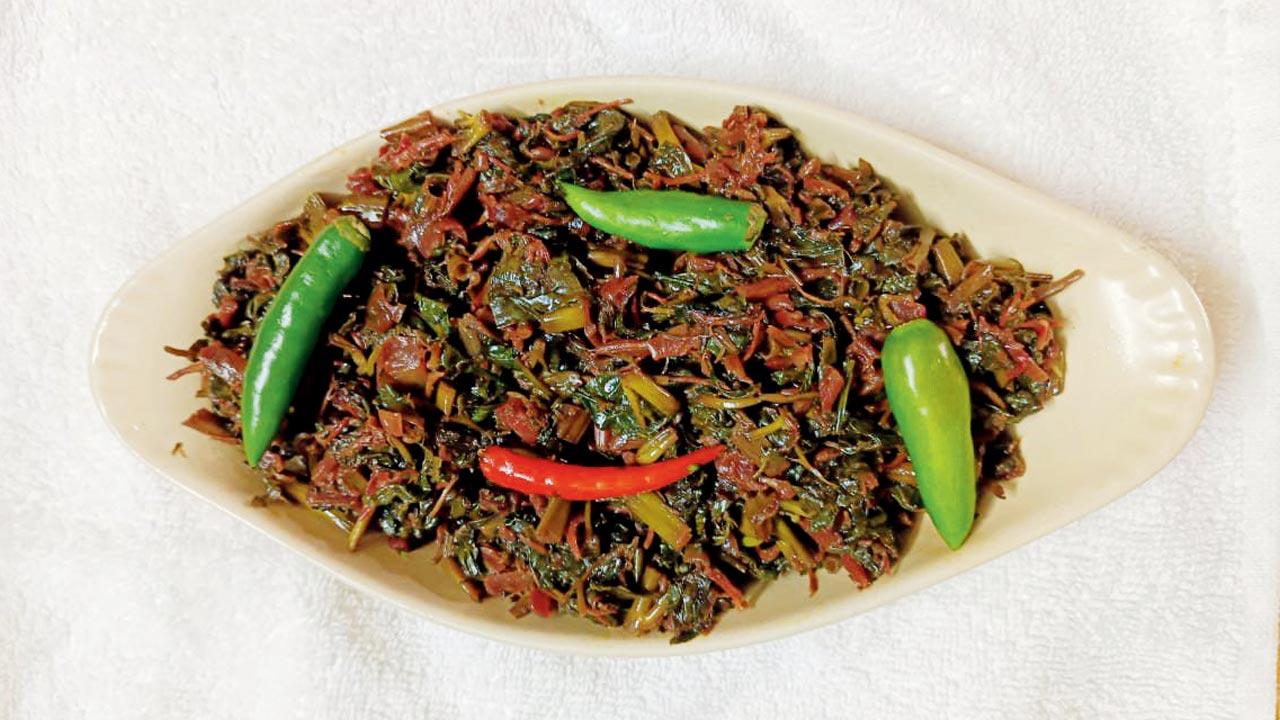 Choddo shaak. Pic courtesy/Rukmini deb
Choddo shaak. Pic courtesy/Rukmini deb
This includes palak, amaranth, water spinach, bottle gourd greens and tender pumpkin greens. “It has a scientific reason as this is the onset of winter, and the greens help boost immunity. My grandmother would add a pinch of hing to ensure good digestion. In the evening, we also put out 14 diyas in the house to guide the ancestors,” Deb adds.
 Subscribe today by clicking the link and stay updated with the latest news!" Click here!
Subscribe today by clicking the link and stay updated with the latest news!" Click here!







